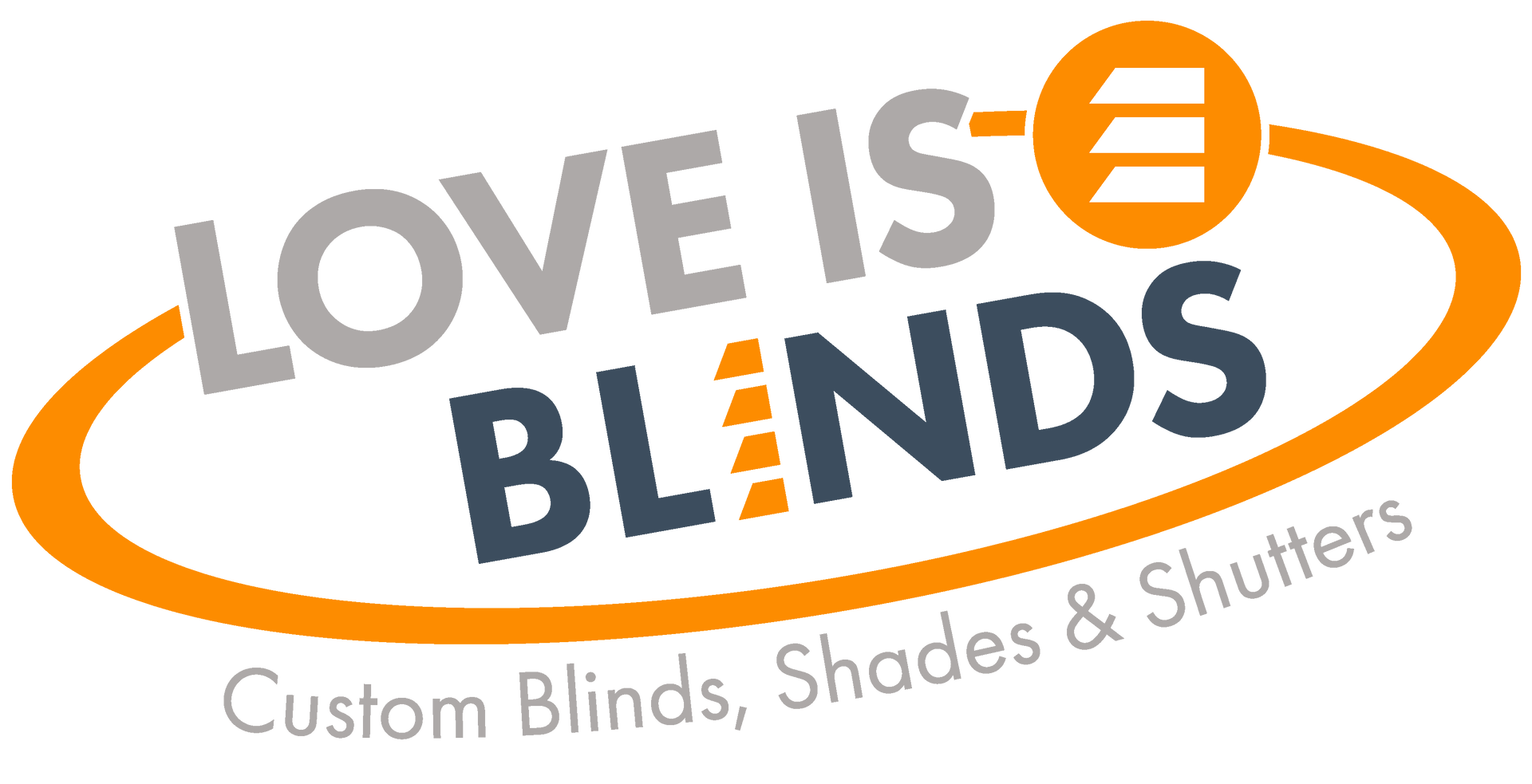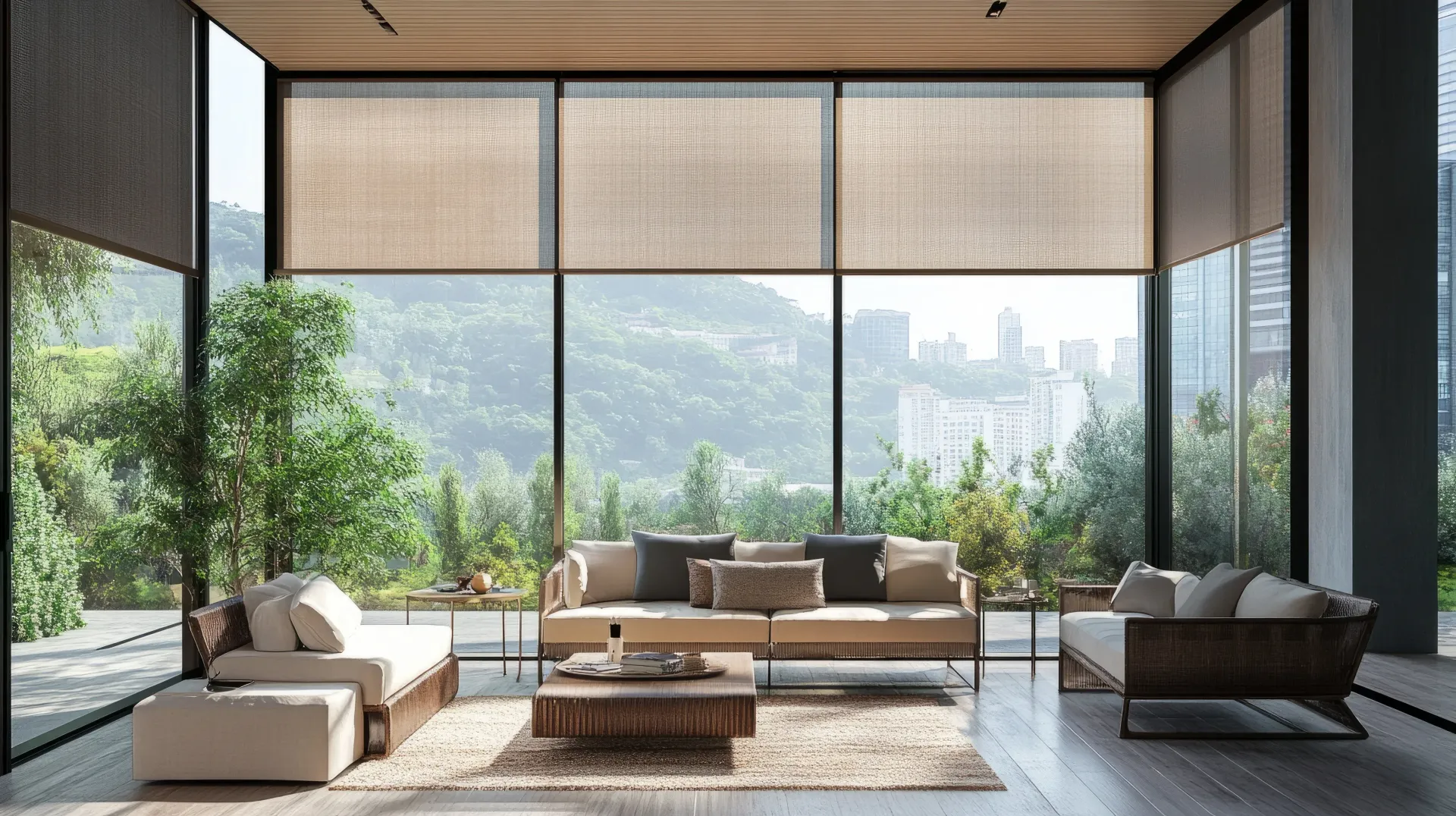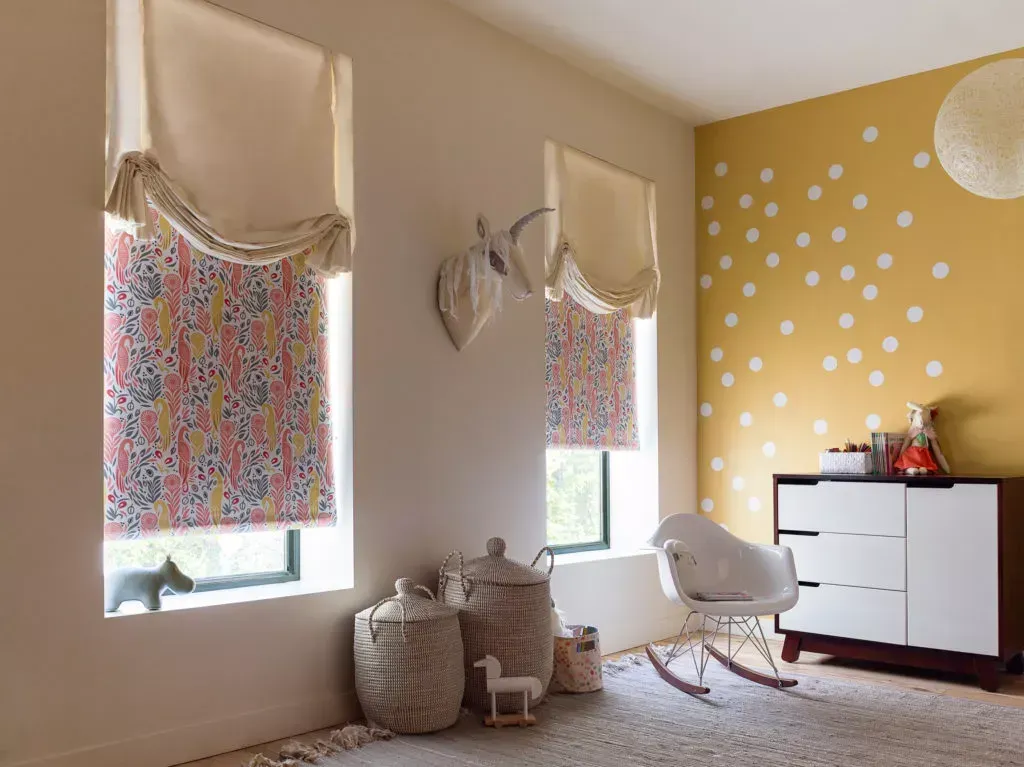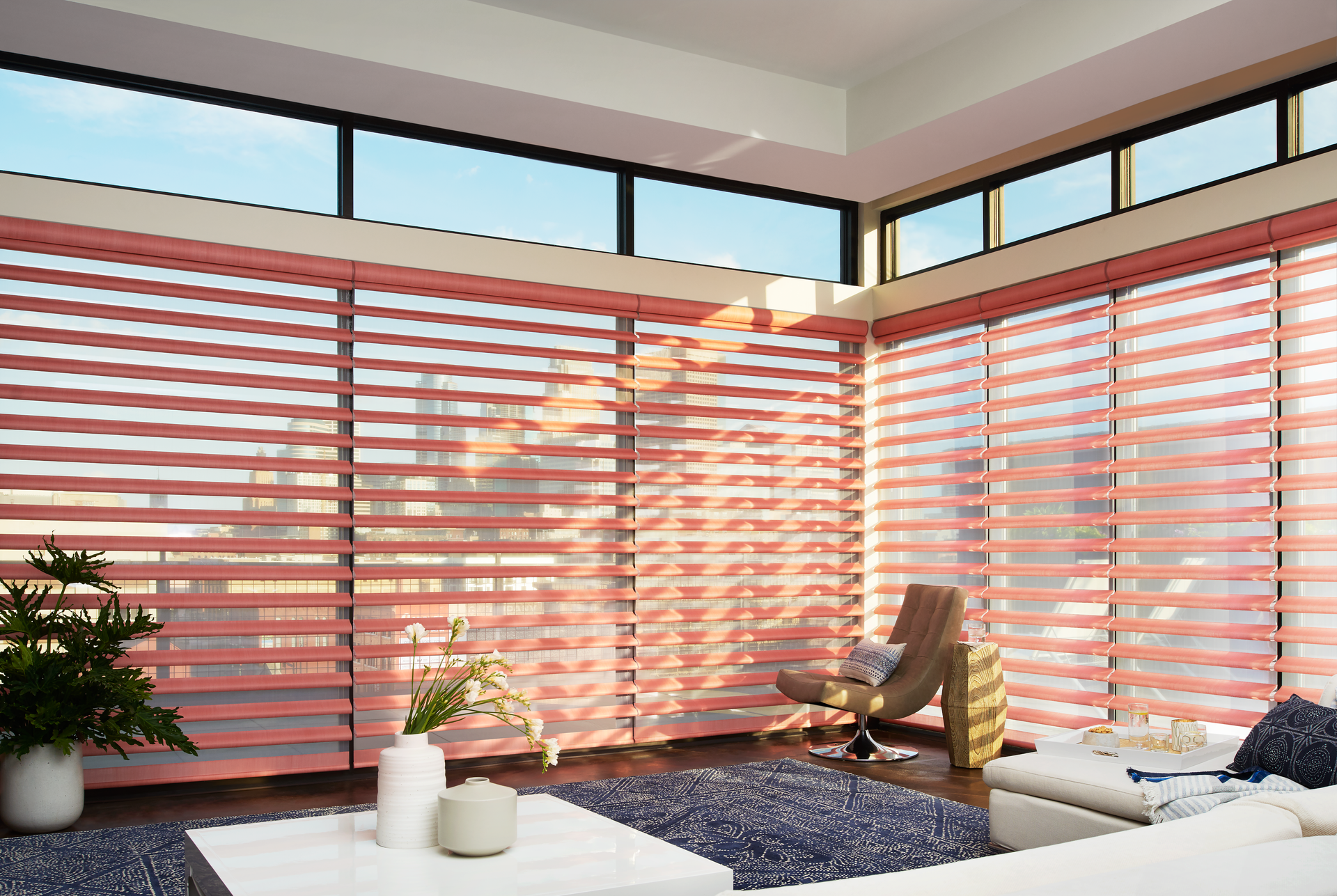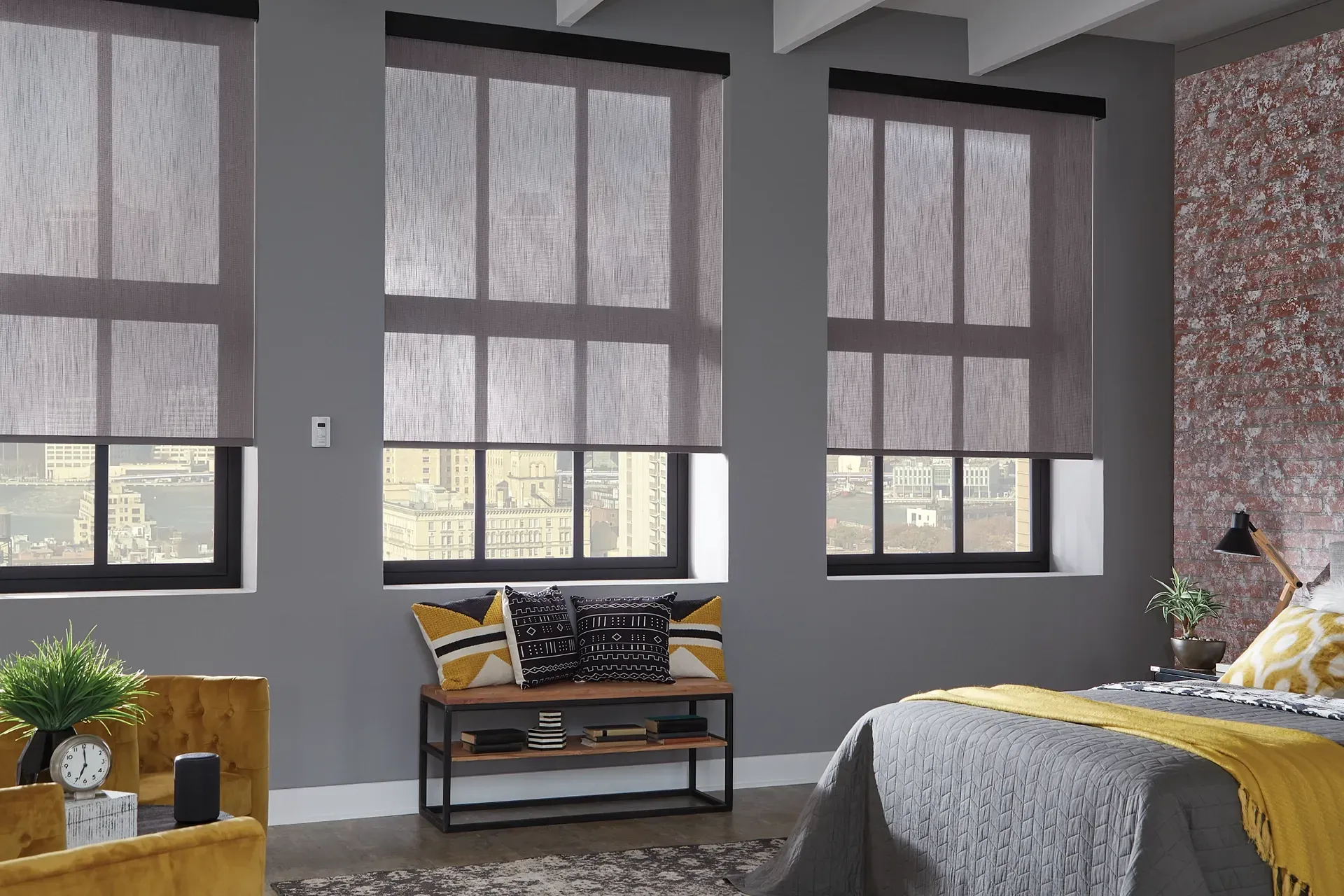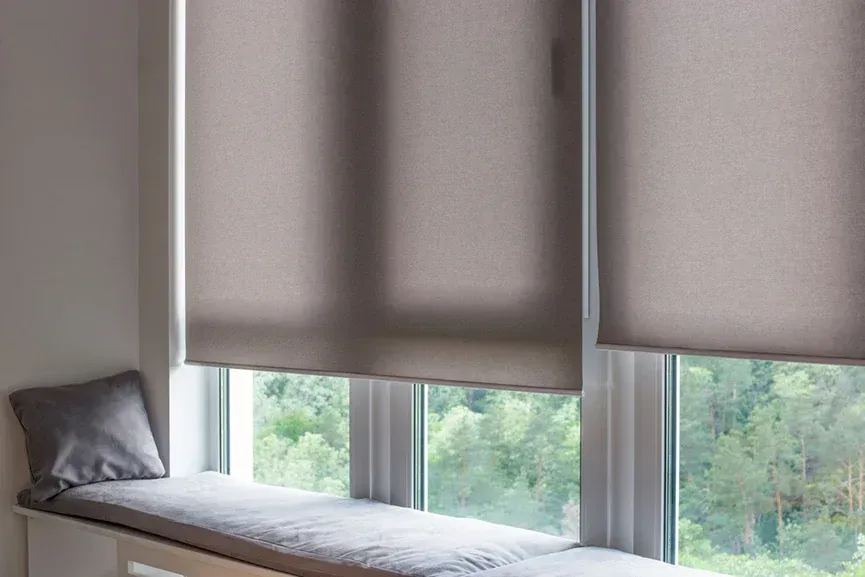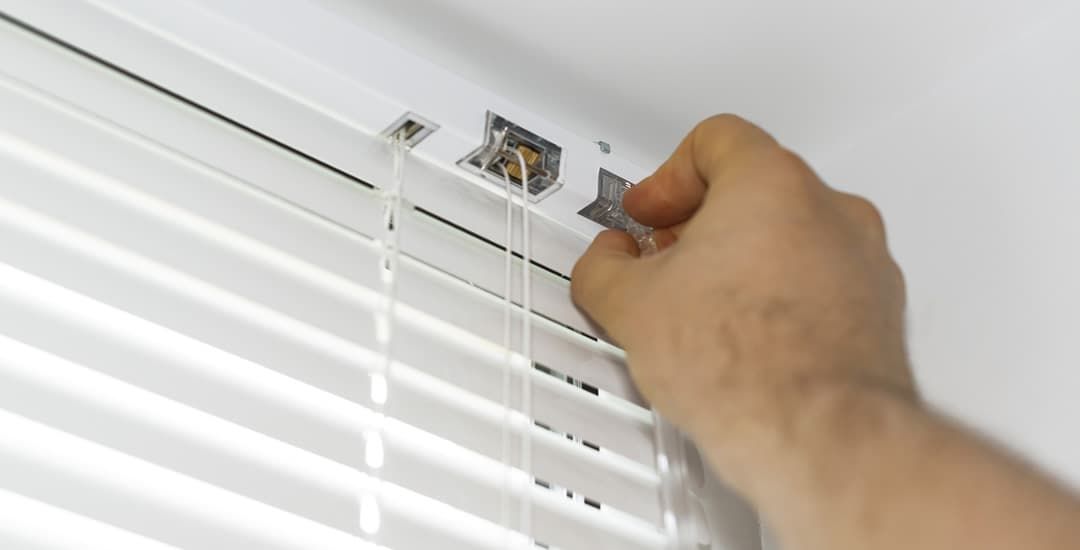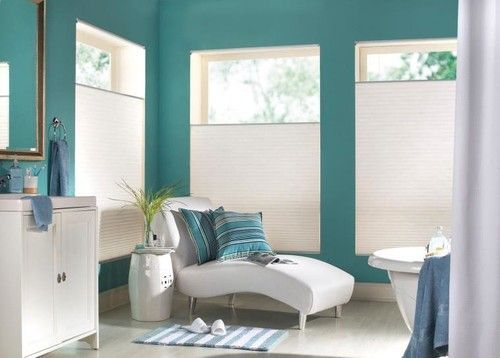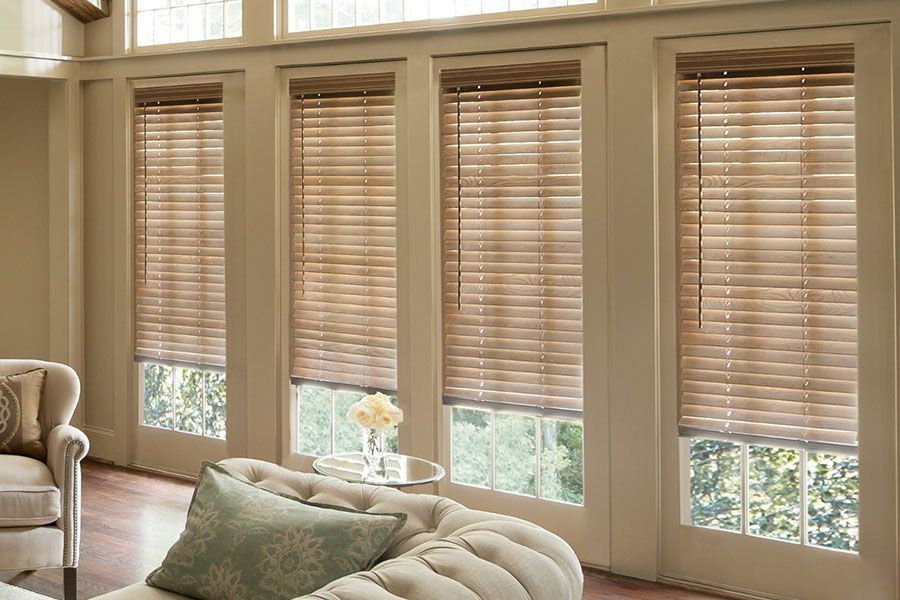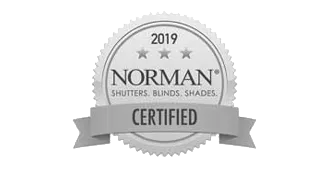LOVE IS BLINDS
Why Are Window Shades So Expensive? 5 Cheap Alternatives That Work
TLDR;
Window shades are expensive because of high-quality materials, customization, motorization, and labor costs. If you want affordable options, consider roller shades, basic cellular shades, DIY curtains, window film, or semi-custom choices. These provide privacy and style without the heavy price tag.
Why Are Window Shades So Expensive
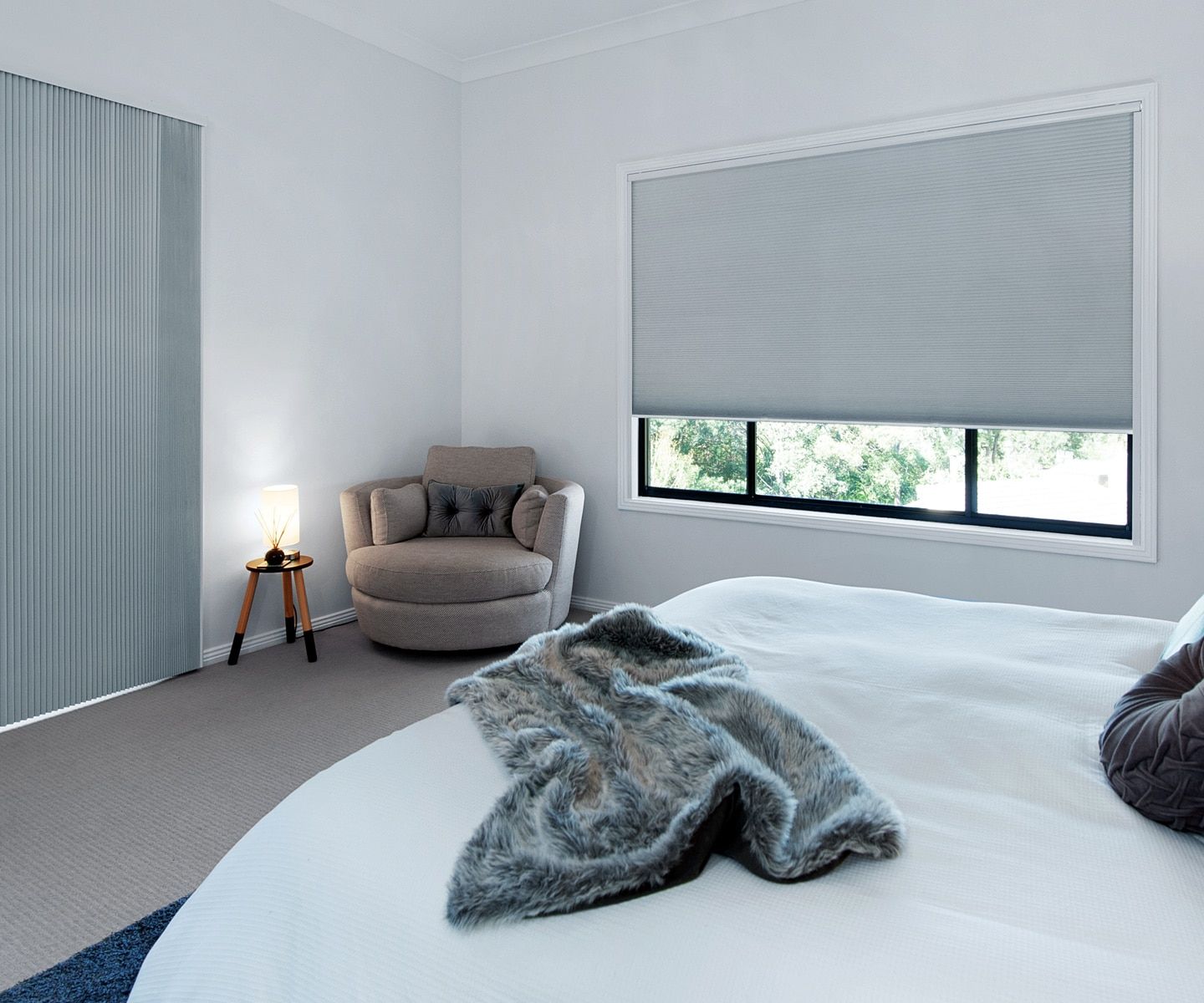
Window shades often surprise homeowners with their cost. The expense is not random. It comes from a mix of material quality, customization, advanced technology, and labor. Shop Love Is Blinds explains these factors from an expert perspective.
Material Quality and Fabric Types
High-end shades use premium fabrics and natural materials. These add durability and design appeal but increase production costs.
- Natural fabrics like linen, bamboo, or wood-based weaves
- Specialty textiles with blackout lining or thermal insulation
- UV-resistant fabrics that protect furniture and flooring
- Multi-layer fabrics designed for energy efficiency
Lower-cost options usually use polyester or vinyl, which are simpler to manufacture but less durable. The choice of material plays a major role in price differences.
Customization and Window Size
Custom shades fit non-standard windows, such as bay windows, skylights, or large sliding doors. The more unique the window, the higher the cost.
- Precise measuring and cutting waste more material
- Special shapes require advanced design and extra labor
- Larger window coverings demand more fabric and stronger hardware
Off-the-shelf shades are cheaper because they follow fixed measurements. Custom sizes increase both time and expense.
Hardware, Mechanisms, and Technology
Shades are not only about fabric. The mechanics behind them matter.
- Cordless operation for safety and clean look
- Roller mechanisms or vertical tracks
- Motorized systems with remote control or smart home integration
Adding technology pushes the cost higher. A motorized shade requires wiring, sensors, and advanced parts, which increase both product and installation cost.
Labor and Installation
Professional installation makes a big difference.
- Skilled labor ensures correct fitting
- Mistakes during DIY installs lead to wasted product
- Some shades require drilling, wiring, or anchoring in complex areas
Labor costs vary by region. Urban areas with higher service costs often charge more for installation.
Brand, Warranty, and Margins
Premium brands sell not only shades but also peace of mind.
- Branded shades often include longer warranties
- Showroom costs and design consultations are factored into the price
- Stronger brand reputation allows for higher markups
Generic or mass-market shades skip these features but offer lower upfront costs.
Real Cost Breakdown and Longevity
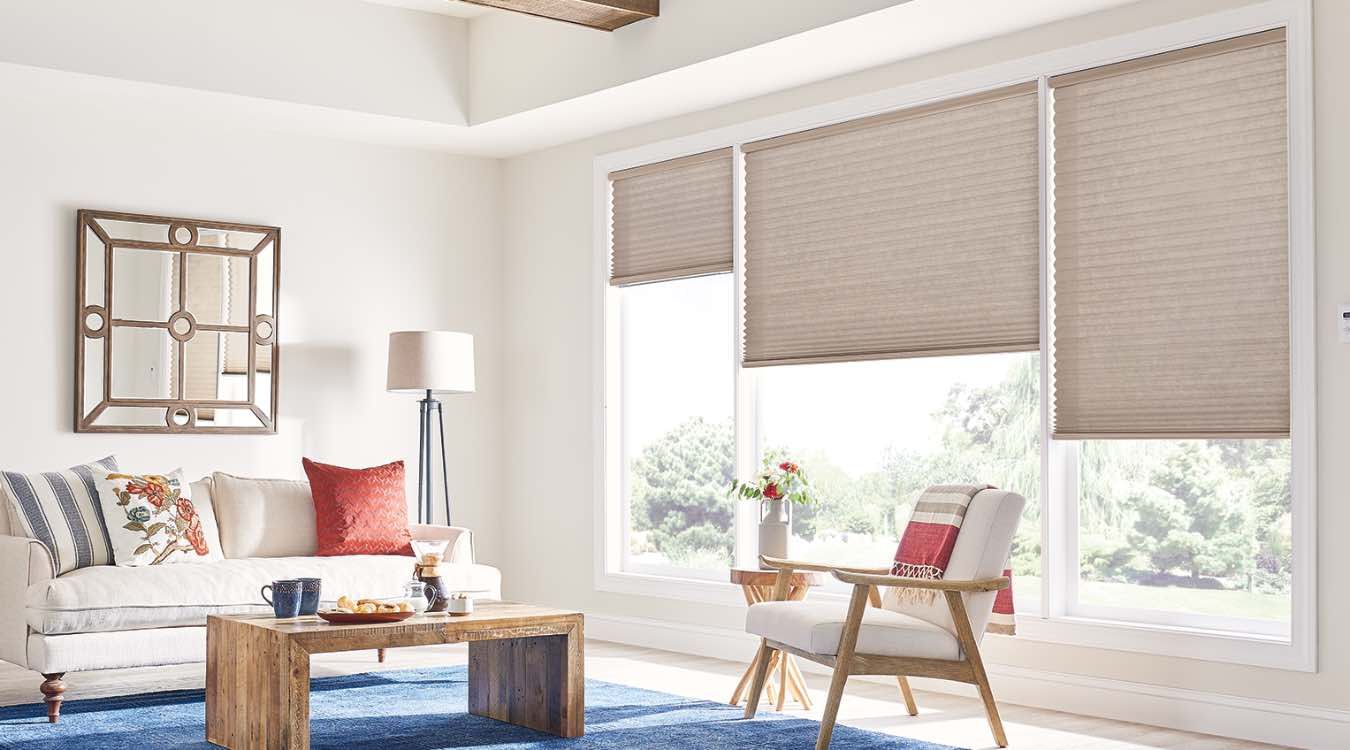
The lifetime value of shades matters more than the upfront cost. A cheap shade may wear out in a few years. Premium shades last longer but cost more at the start.
Durability factors include:
- Daily use and handling stress
- Resistance to fading or warping
- Structural strength of the hardware
- Maintenance needs and ease of cleaning
Buying low-cost shades works if you are ready to replace them sooner. Premium shades are an investment but can reduce long-term replacement needs.
5 Cheap Alternatives to Expensive Window Shades
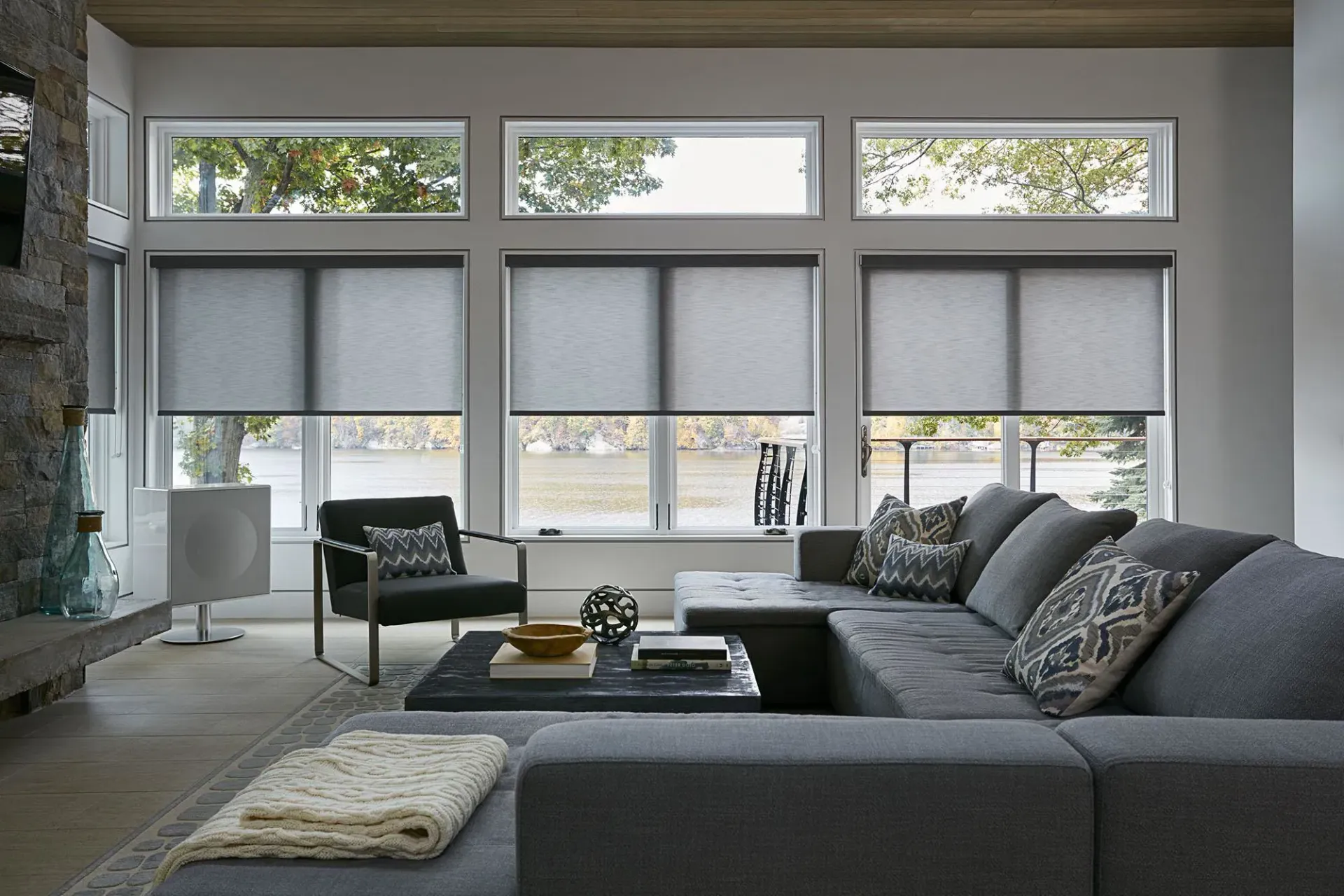
You do not need to overspend to achieve privacy and style. Here are five alternatives that balance function and affordability.
Roller Shades (Pre-Made Options)
Roller shades are simple, effective, and low-cost.
- Usually made from polyester or vinyl
- Easy to install and replace
- Provide basic privacy and light control
These work well in bedrooms, offices, or rental spaces where budget matters.
Cellular or Honeycomb Shades (Basic Models)
Cellular shades offer insulation and privacy at a mid-range price.
- Made from lightweight materials
- Provide energy savings in hot or cold climates
- Available in ready-made versions for standard windows
Lower-cost models skip advanced features but still deliver efficiency.
DIY Curtains with Liners
Curtains are flexible and personal. DIY options allow you to control cost.
- Purchase low-cost fabric from stores
- Add blackout liners for light control
- Choose tension rods to avoid drilling
This option works for renters or anyone who wants a custom look without the custom cost.
Window Film and Frosted Film
Window film is one of the cheapest ways to gain privacy.
- Applies directly to the glass surface
- Allows natural light to enter while blocking views
- Provides UV protection for interiors
Best for bathrooms, entry doors, or street-facing windows.
Semi-Custom or Hybrid Options
Semi-custom shades strike a balance between price and performance.
- Choose a standard size, then adjust length or width slightly
- Select basic fabrics with optional upgrades
- Pick partial motorization instead of full automation
This allows you to add useful features without paying premium prices.
Choosing the Right Option for Your Home
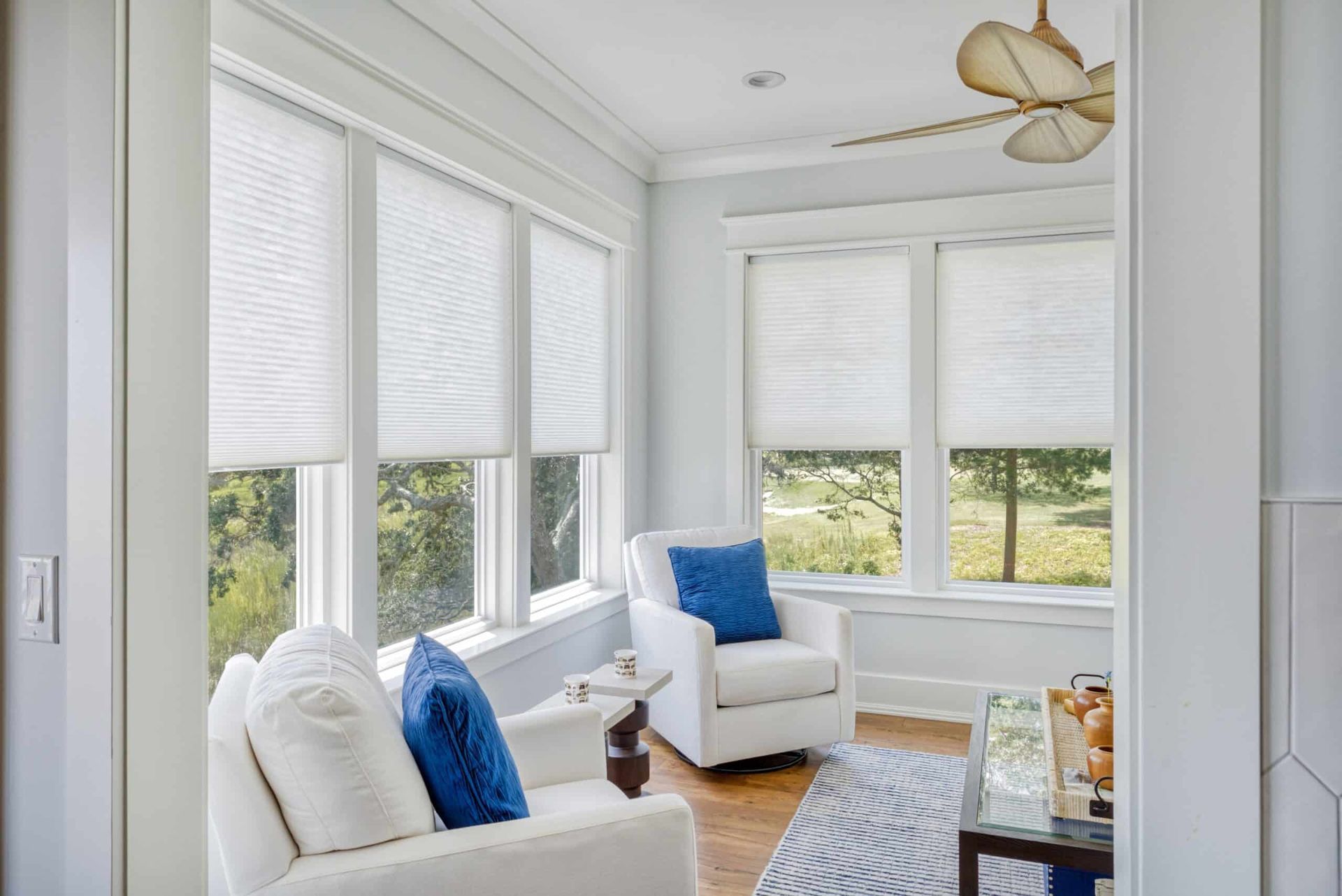
The right shade depends on your budget, window type, and design goals. Shop Love Is Blinds recommends weighing the following:
- Climate: energy-efficient fabrics help reduce heating or cooling loss
- Light needs: blackout vs light-filtering vs sheer
- Window size: large windows may need sturdier options
- Installation: DIY or professional support
Tips to reduce costs:
- Buy during promotions or seasonal sales
- Measure carefully to avoid ordering errors
- Use simpler hardware and skip advanced tech if not needed
- Limit motorization to hard-to-reach windows
FAQs on Window Shade Costs
Why do motorized shades cost more
Motorized shades require motors, remotes, or smart integration. These add parts, wiring, and higher installation complexity.
Can low-cost fabrics match high-end blackout shades
Basic fabrics can reduce light but high-end blackout fabrics block it completely and last longer.
How much do you save with DIY installation
You avoid labor fees, but risk mistakes. If errors happen, you spend more on repairs or replacements.
What is the lifespan difference between cheap and premium shades
Cheaper shades often last fewer years, while premium shades extend lifespan due to better materials and hardware.
Are solar or energy-efficient shades worth the higher cost
Yes, if energy savings and reduced fading of furniture are important. They cut long-term household expenses.
Cost of Shades vs Blinds
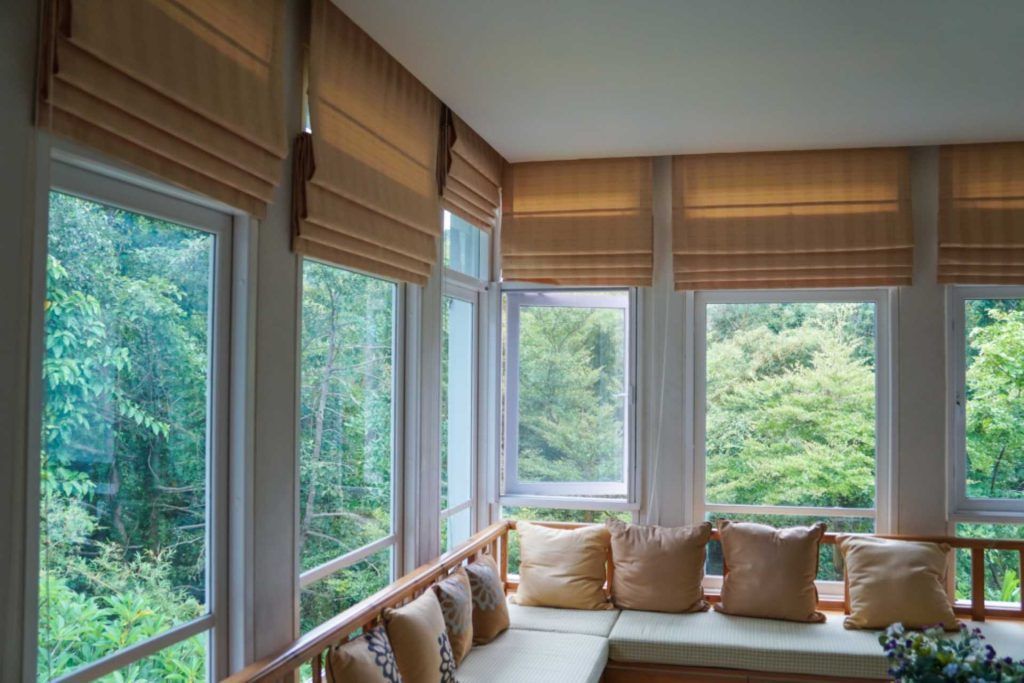
Blinds often cost less than shades because of simpler construction. Blinds use slats that adjust light, while shades rely on larger panels of fabric and specialized mechanisms. Shades provide better insulation and aesthetics, which increases price.
Expensive Window Treatments and Budget Planning
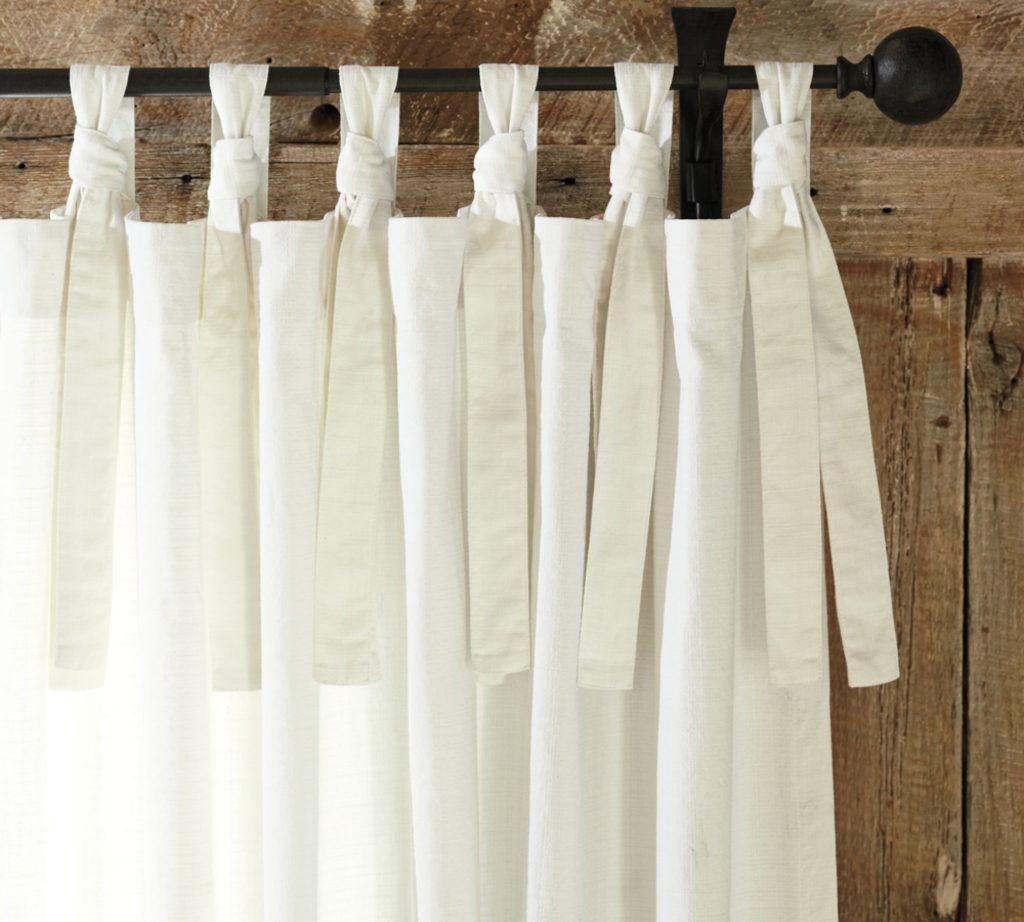
Window treatments affect both style and utility. Expensive options like motorized cellular shades improve convenience and energy use but require higher investment. Budget alternatives cover the basics without draining finances.
Homeowners and businesses should consider:
- Purpose of the window treatment
- Length of time they plan to stay in the property
- Desired balance between looks and function
Affordable Shade Options for Large Windows
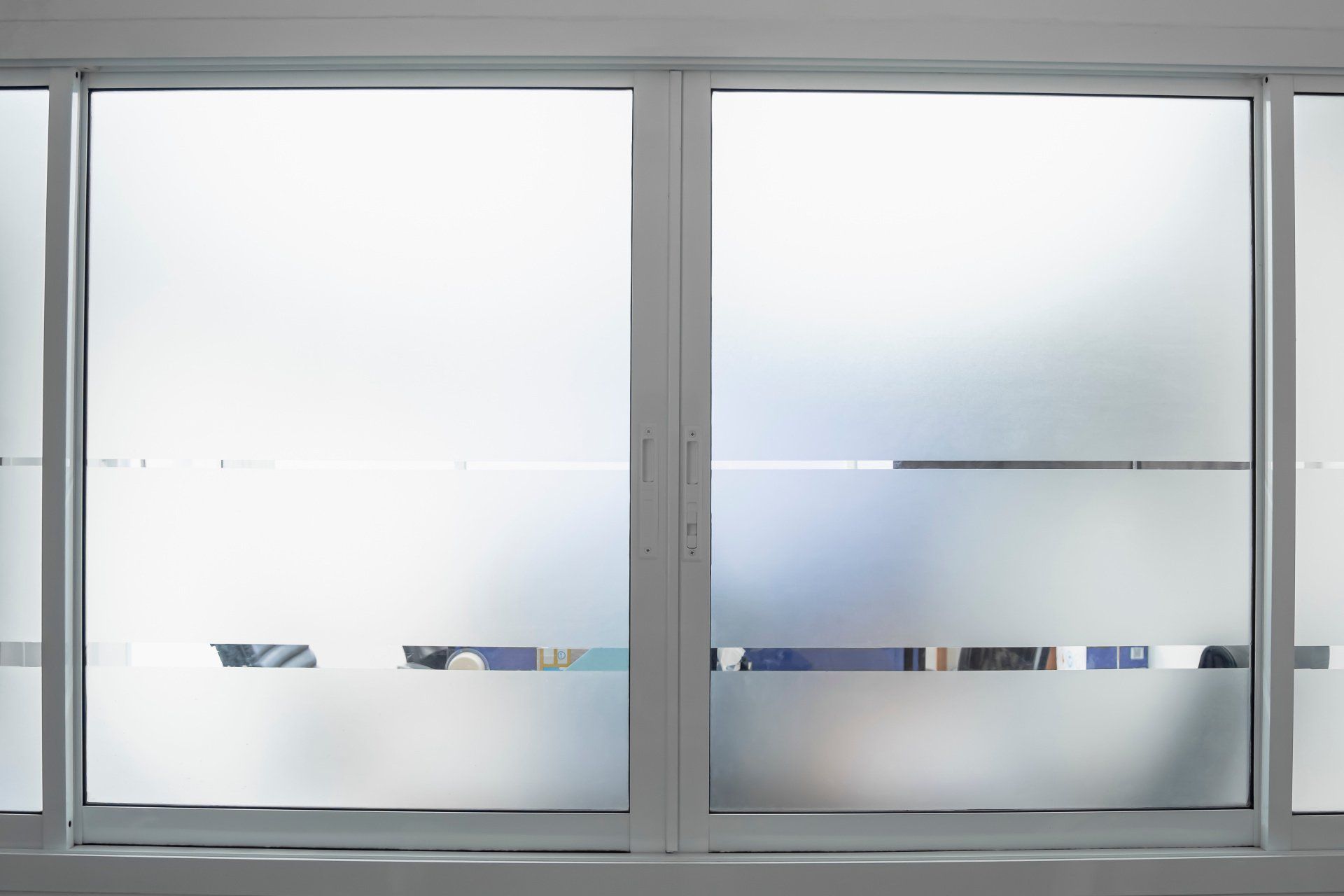
Large windows are challenging because of the material volume and strength required. Affordable strategies include:
- Vertical blinds for sliding doors
- Layered curtains with simple rods
- Multiple pre-made roller shades covering one wide space
These solutions reduce cost while covering big glass areas effectively.
Smart Home Integration and Price Impact
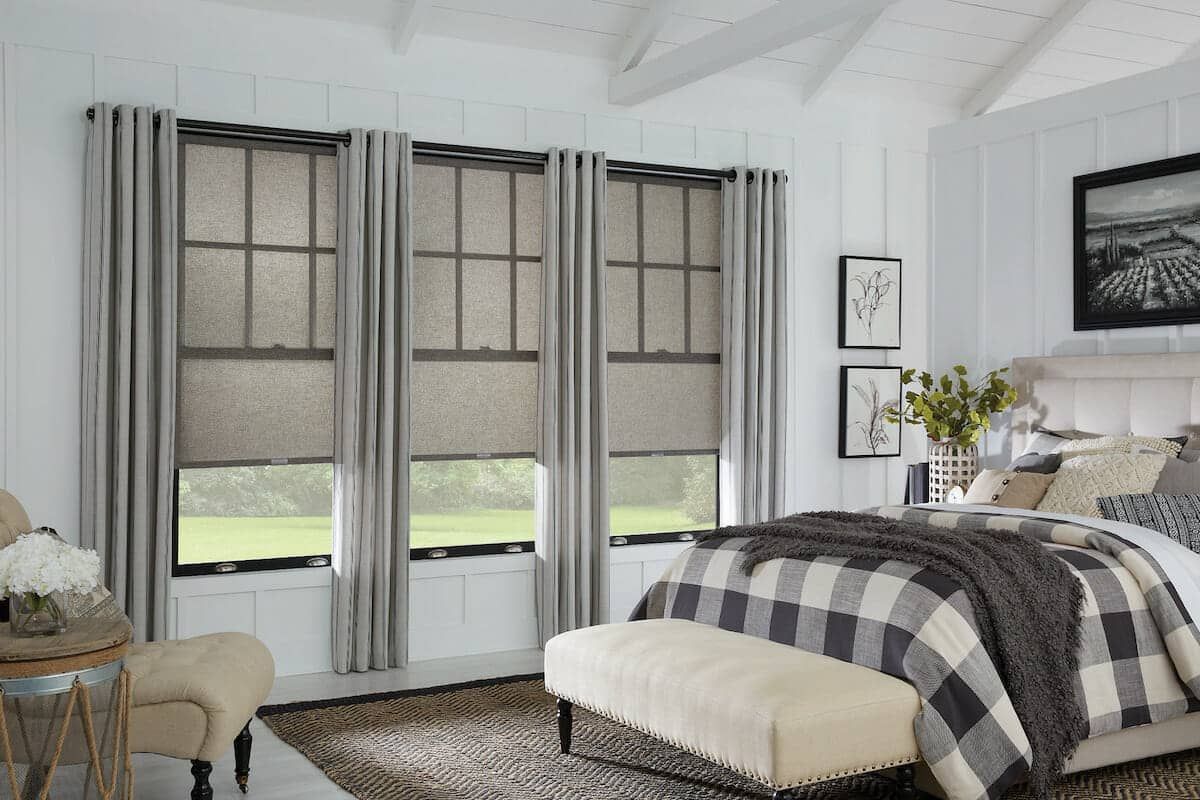
Smart shades connect to apps, voice assistants, and automated schedules. They save time and add convenience, but they also increase the cost through extra technology. If smart home features are not essential, skip them to save money.
Budget Alternatives to Motorized Shades
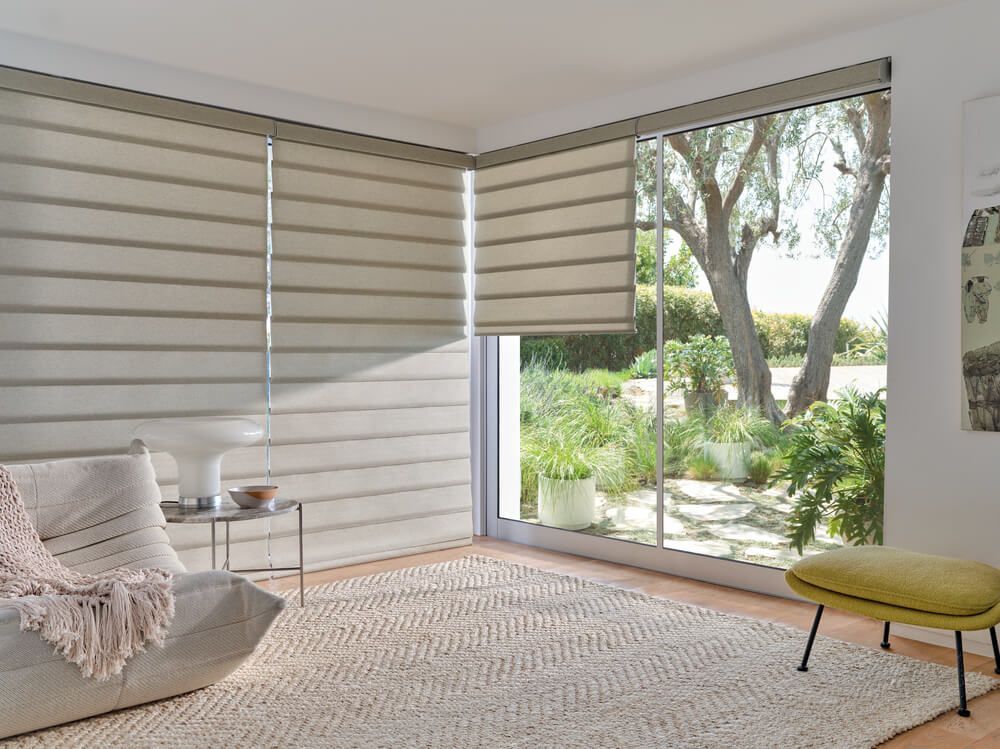
Instead of full motorization, consider:
- Simple pull-down cordless systems
- Battery-powered single-room remotes
- Limiting motorized shades to out-of-reach windows
This way, you balance convenience with cost savings.
Energy Efficiency and Long-Term Value
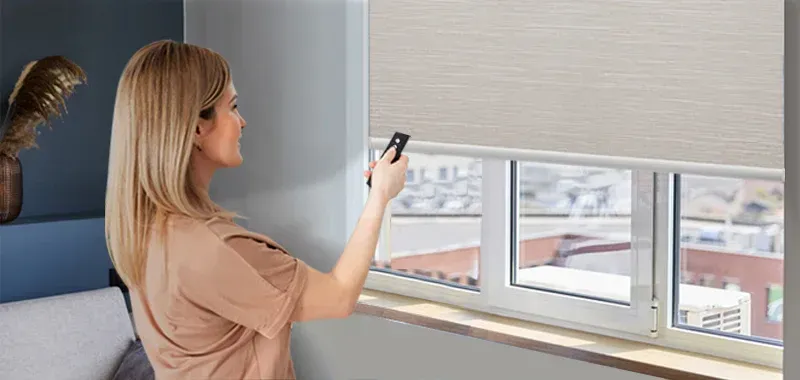
Energy-efficient shades reduce heat loss in winter and block solar gain in summer. While they are more expensive, they lower utility bills and can even support healthier living conditions. Some designs improve insulation while also reducing dust and allergens—learn more about the connection between shades and indoor air quality. Low-cost alternatives may not provide the same energy savings, but layering with curtains or adding liners can help.
Final Thoughts on Expensive Window Shades
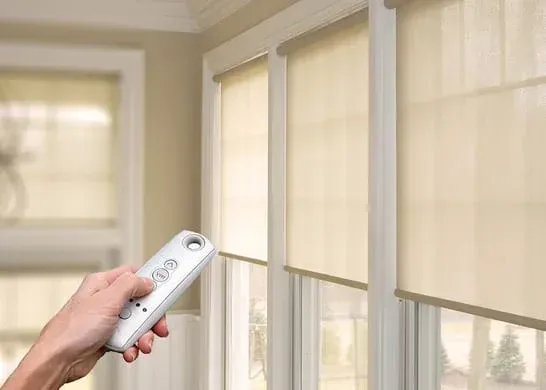
Window shades cost more due to materials, customization, and technology. While premium shades offer durability and advanced features, affordable alternatives exist.
Roller shades, cellular shades, DIY curtains, window film, and semi-custom options deliver privacy, style, and energy savings without a large investment. Shop Love Is Blinds recommends comparing goals, budget, and long-term needs before making a decision.
By knowing the reasons behind high prices and the alternatives available, you choose smarter. This ensures your windows look stylish and functional without overspending.
Need to setup a Repair Appointment?
